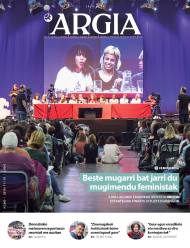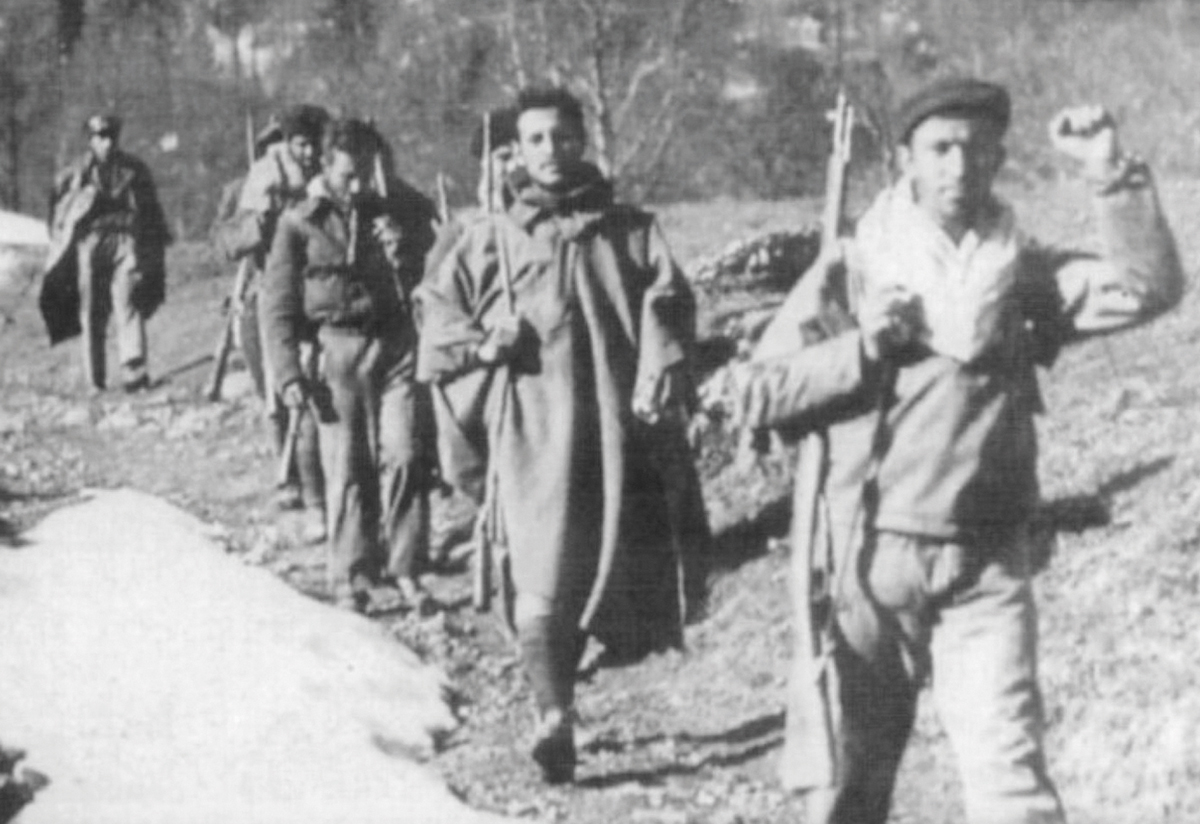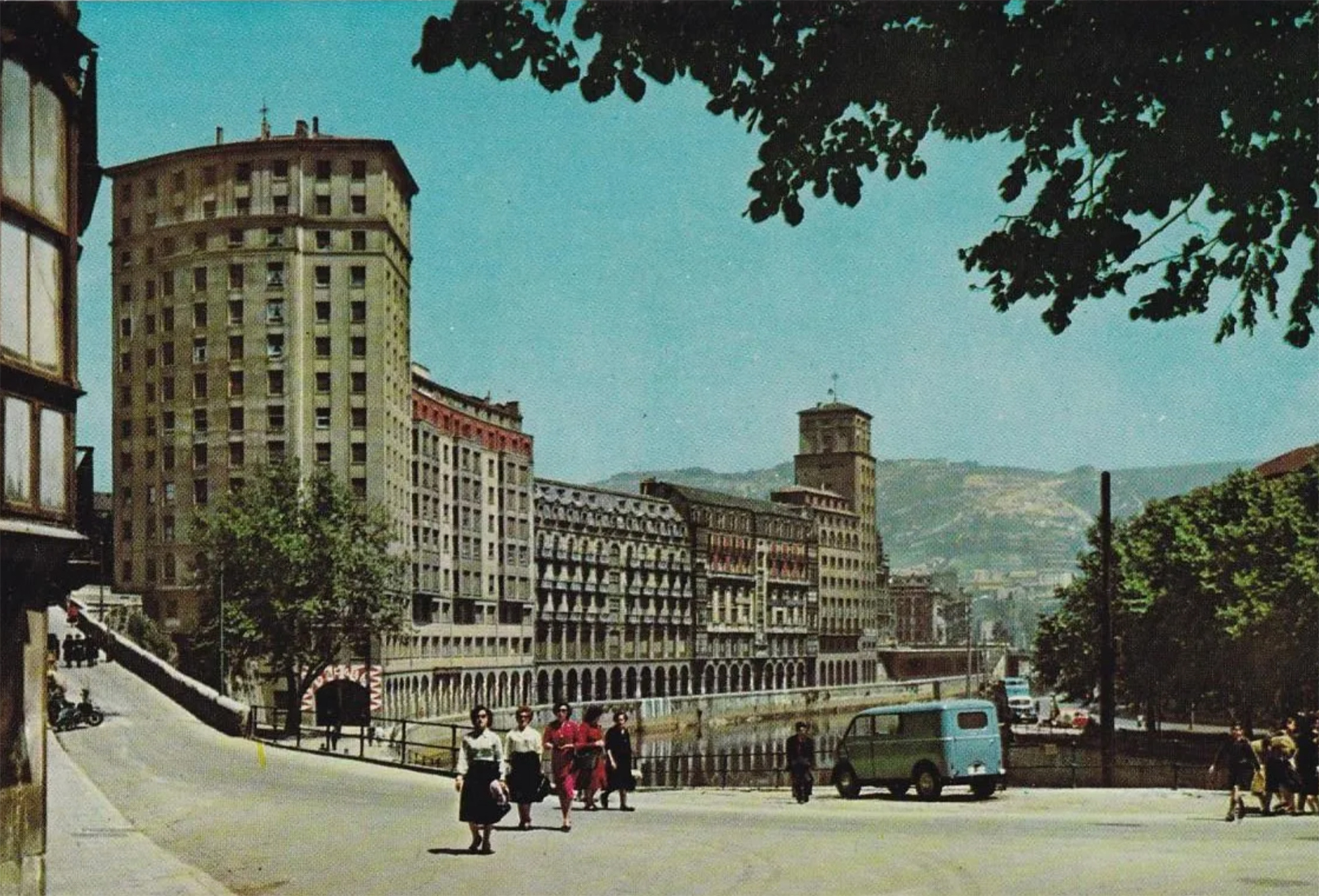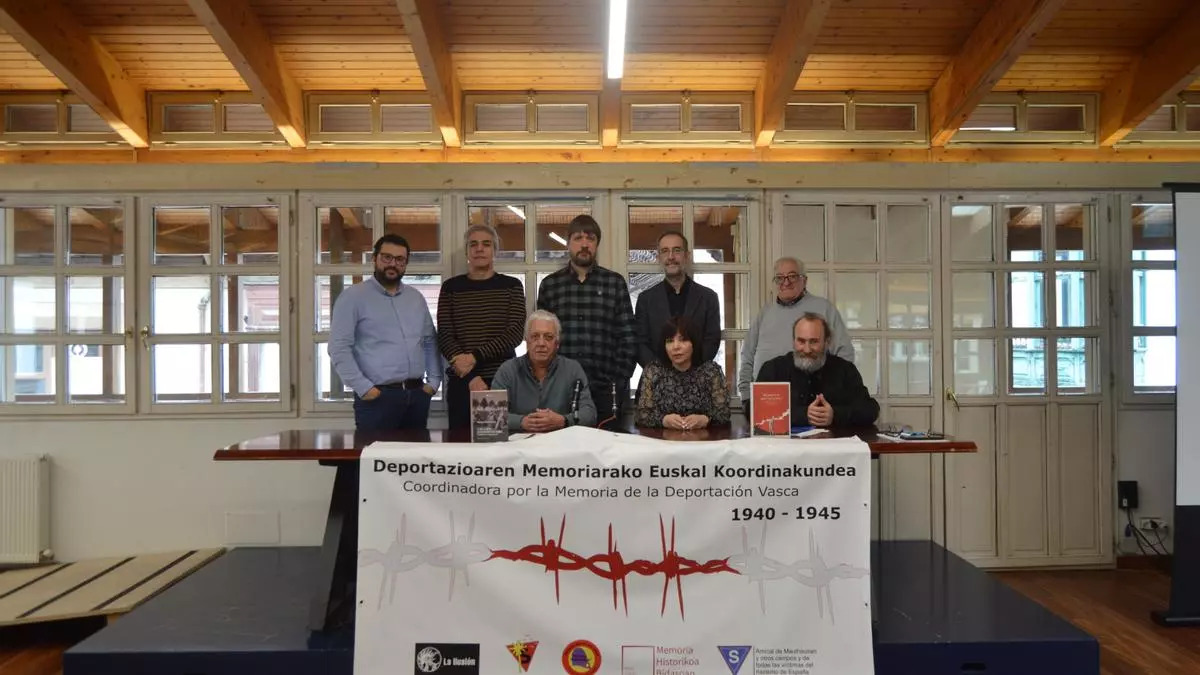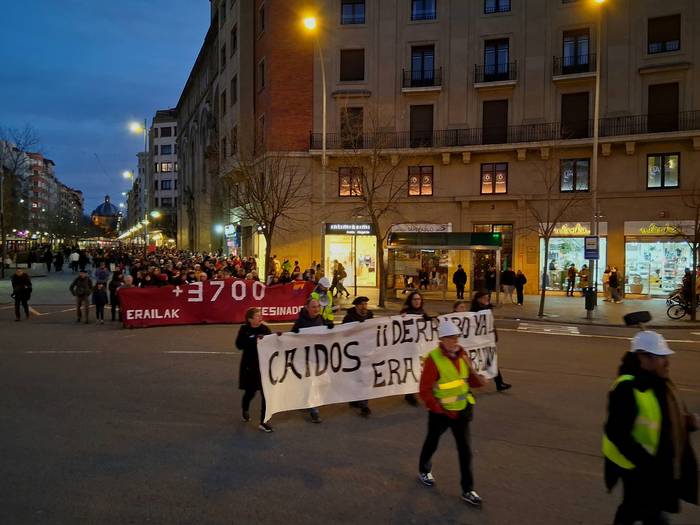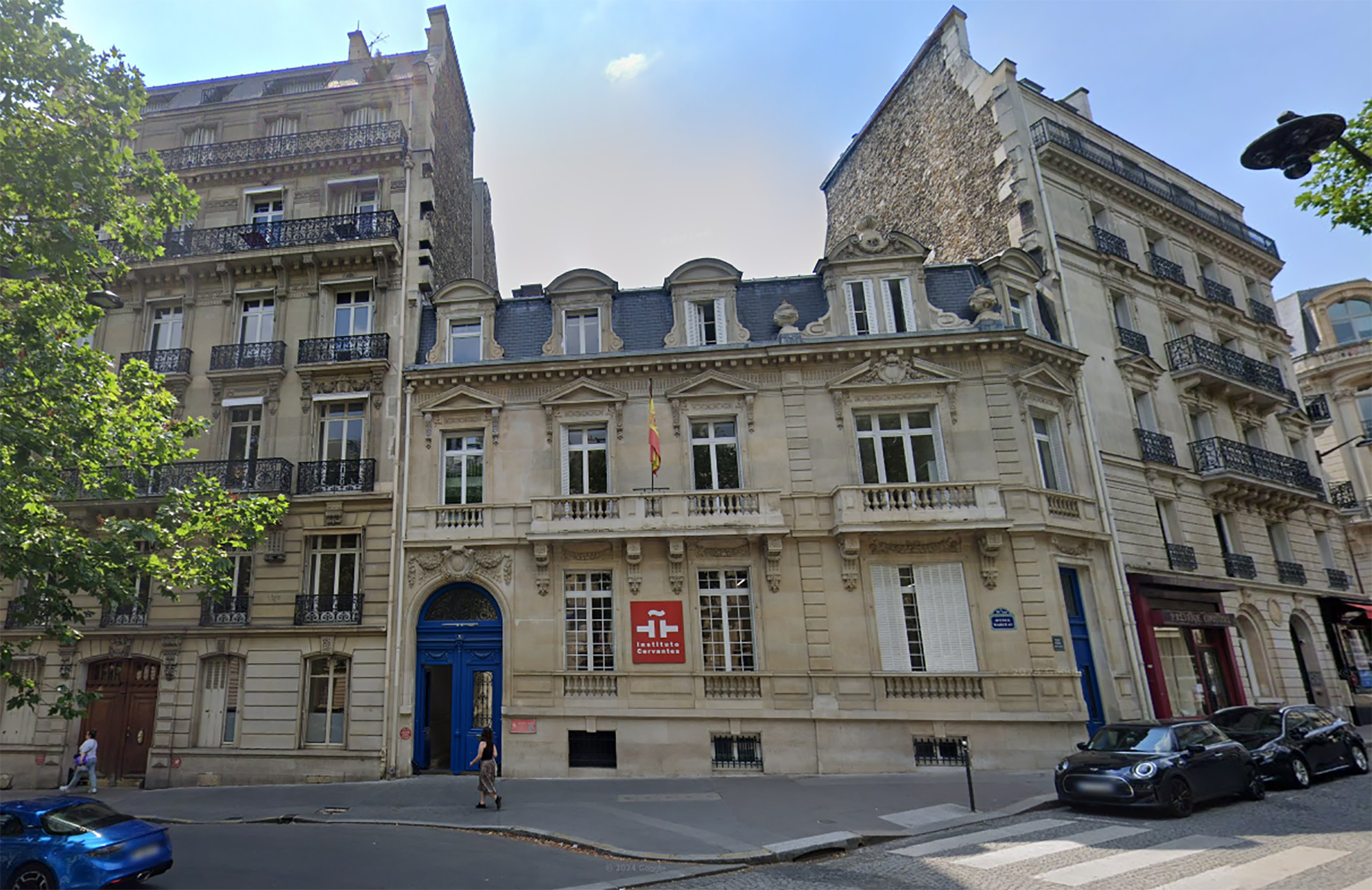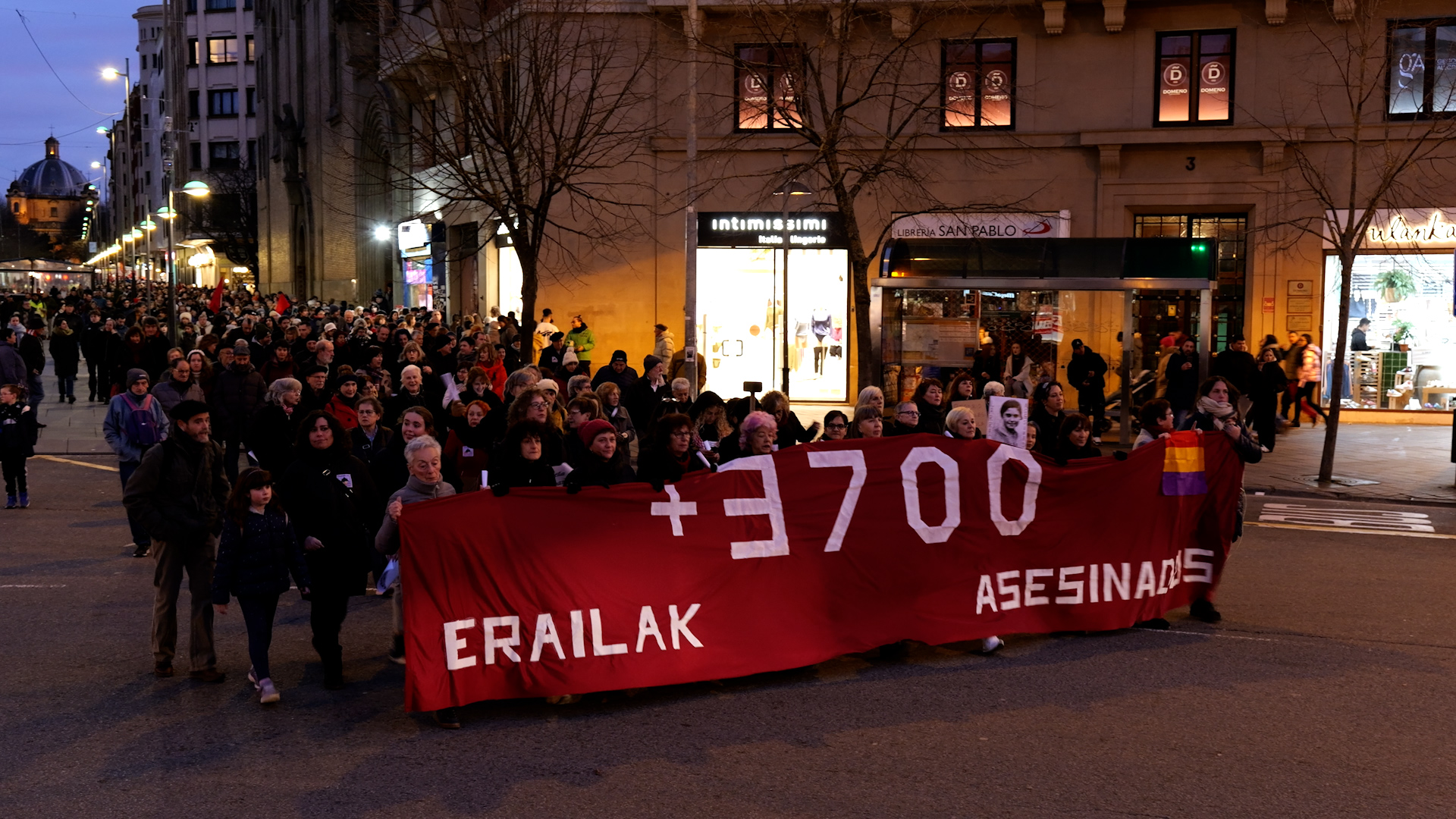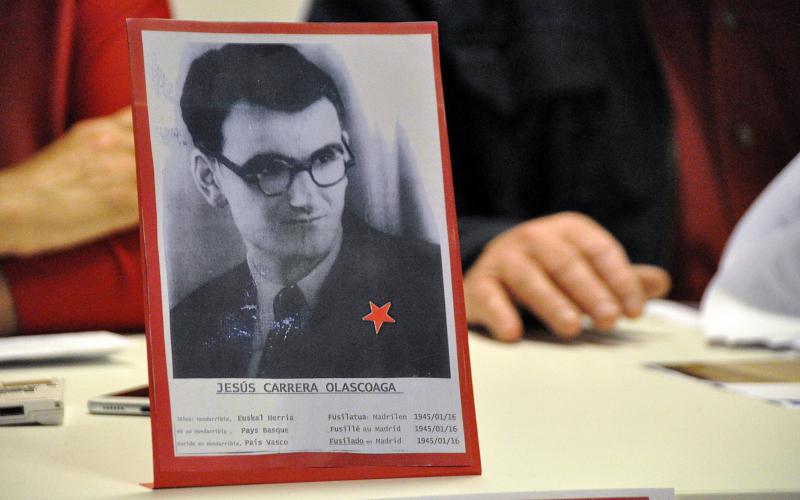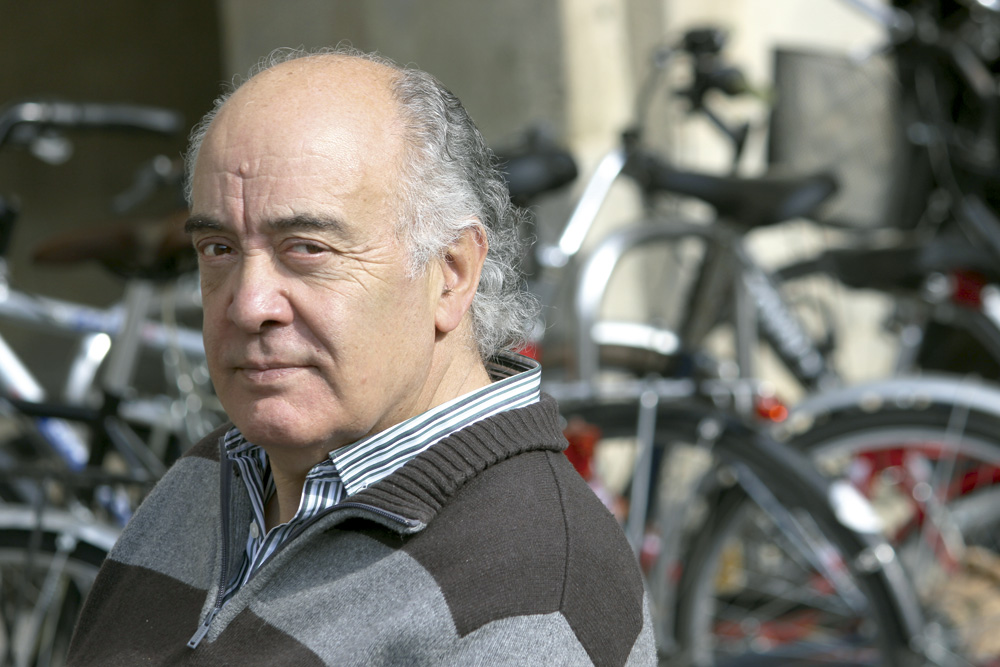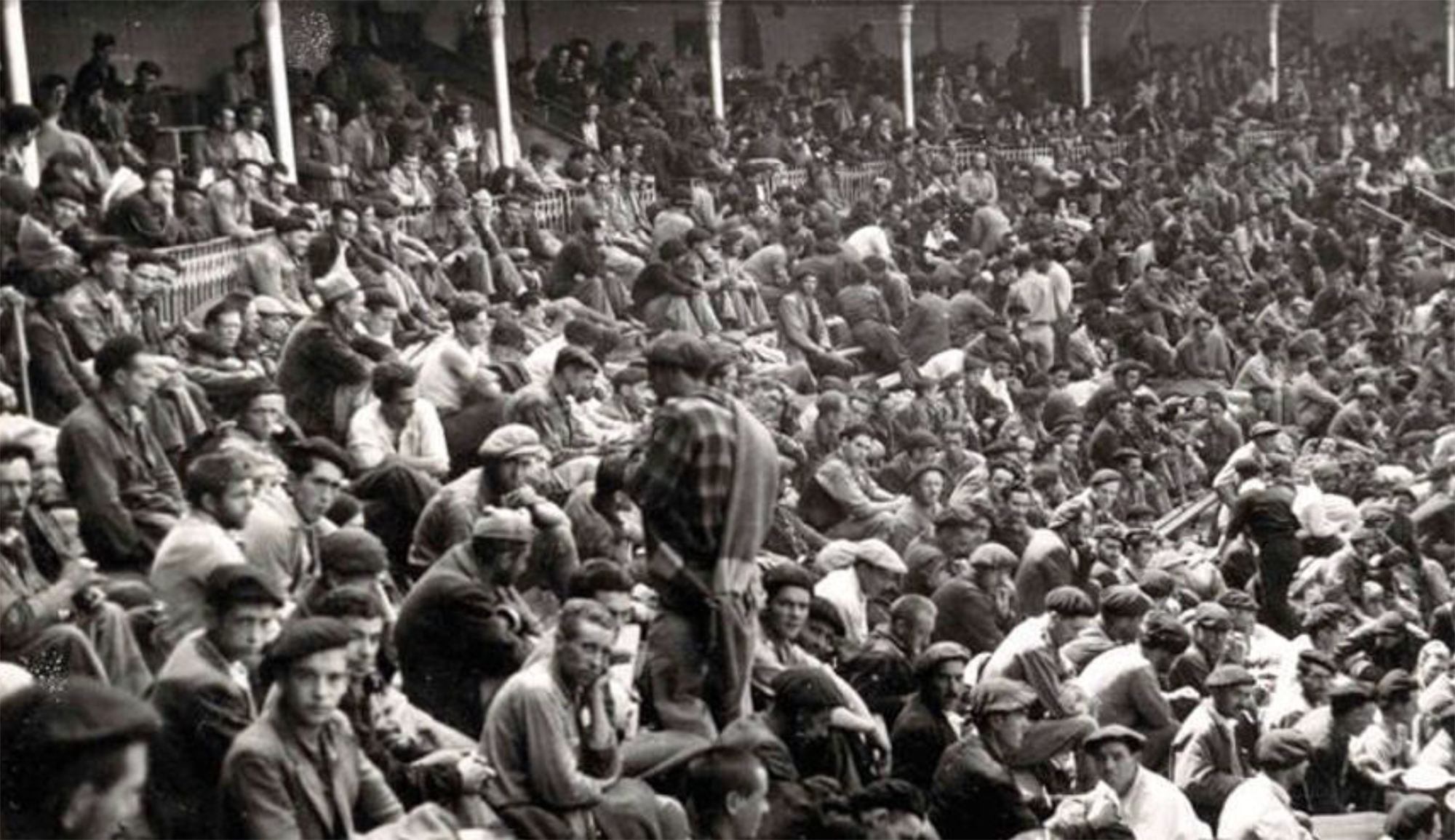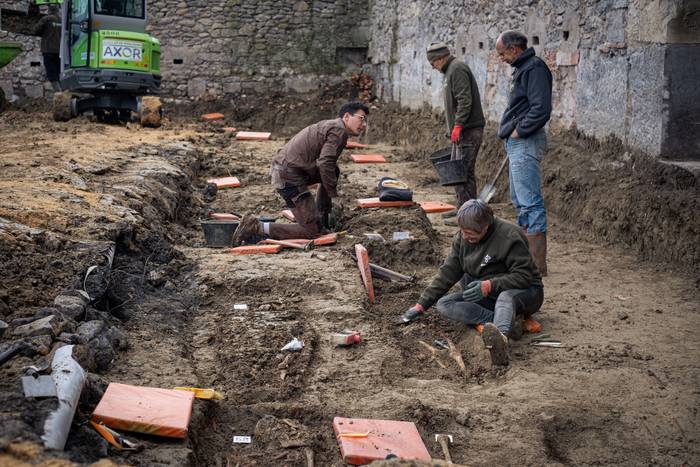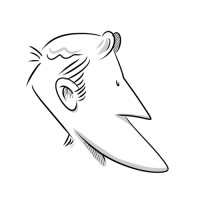And classes on the ID card
- Although several identification documents were previously used, the official Spanish ID began to be distributed in 1951, the first number “adapted” to Francisco Franco himself and the ID No. 10 remains in the hands of Juan Carlos de Borbón.
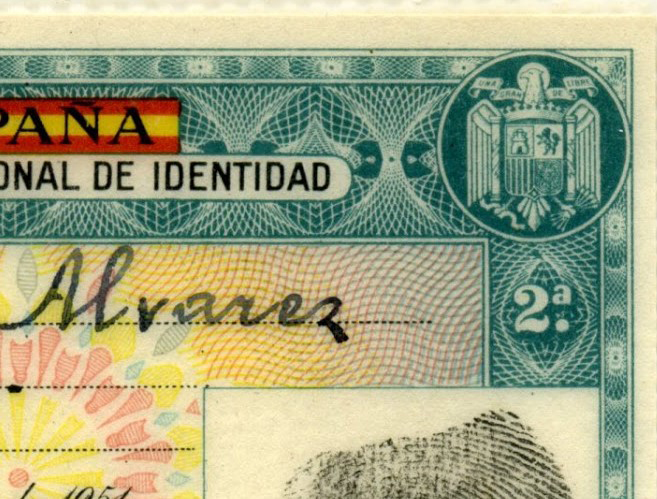
On the right side of both documents, under the Francoist shield, he put “1a”, but in most cases he occupied that space number 2, 3 or 4. In fact, Franco's identity documents divided citizens into economic categories. The front-line citizens, the wealthiest, paid 25 pesetas for the receipt.
Those of the second category – including the owner of the photographic document – had to pay 10 pesetas, while those of the third category had to pay 5 pesetas. The poorest didn't have to pay to get the number 4 of exclusionary paper.
Bilbo, 1954. Hiriko Alfer eta Gaizkileen Auzitegia homosexualen aurka jazartzen hasi zen, erregimen frankistak izen bereko legea (Ley de Vagos y Maleantes, 1933) espresuki horretarako egokitu ondoren. Frankismoak homosexualen aurka egiten zuen lehenago ere, eta 1970ean legea... [+]
Deportazioaren Memoriarako Euskal Koordinakundeak aintzat hartu nahi ditu Hego Euskal Herrian jaio eta bizi ziren, eta 1940tik 1945era Bigarren Mundu Gerra zela eta deportazioa pairatu zuten herritarrak. Anton Gandarias Lekuona izango da haren lehendakaria, 1945ean naziek... [+]
Pamplona, 1939. At the beginning of the year, the bullring in the city was used as a concentration camp by the Francoists. It was officially capable of 3,000 prisoners of war, at a time when there was no front in Navarre, so those locked up there should be regarded as prisoners... [+]









